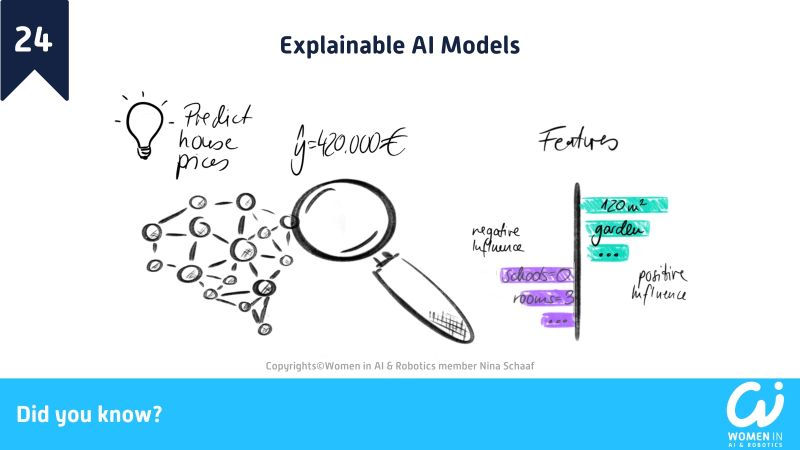3-Tiered Robotics Architecture
- Sheila Beladinejad

- Apr 17, 2023
- 2 min read
Part 1 of 3
❓#DidYouKnow that #robotic’s applications usually require a complex #sensor setup and numerous actuators to fulfill the given task? Compared to #automation tasks, robotic applications must react to a changing environment and novel task inputs during the execution.
💡Therefore, roboticists use system architectures to efficiently process sensor data input, plan higher-level actions, and control actuators. Different types of architectures depend on the robot setup and the application itself.
In this post, we discuss the 3-tiered robotics architecture. This post is the first out of a series of three posts on robotic architecture.
The 3-tiered robotics architecture consists of three layers:
1️⃣ Planning Layer
Responsible for high-level goals and long-term planning
2️⃣ Executive Layer
Splits high-level tasks into manageable sub-tasks, which are then executed in the third layer
3️⃣ Behavioural Control Layer
Implements low-level control and the robot’s interface to the real world (#actuators, sensors)
This architecture combines long-term planning capabilities with reactive planning and behavioral control patterns. However, this combination may also provide some flaws in bad implementations.
Failsafe mechanisms are usually implemented on each layer to cope with planning or execution failures or to respond to broken actuators. If these failsafe structures are well-designed and well-documented, the overall failsafe design gets smooth and easy to maintain. If this does not hold, the maintenance becomes a nightmare!
Therefore this is a clear vote for a well-structured architecture and system design. And no, this is not poorly invested time, but it saves you a few months down the road 😜
🖼️ Image description: The figure visualizes all three layers of the 3-tiered architecture. The Planning layer exchanges information about plans with the executive layer, which returns information about successful actions. Then the executive layer calls low-level behavioral control modules, which directly control actuators, sensors, communication modules, or other low-level parts. Successful execution and returns information about successful executions back to the executive layer.
📚 Book Recommendation for further reading:
Kortenkamp, D., Simmons, R., Brugali, D. (2016). Robotic Systems Architectures and Programming. In: Siciliano, B., Khatib, O. (eds) Springer Handbook of Robotics. Springer Handbooks. Springer
Contributing Editor Women in AI & Robotics core team volunteer Julia Nitsch.











TERMINAL4D
LINK TERMINAL4D
LINK ALTERNATIF TERMINAL4D
LOGIN TERMINAL4D
DAFTAR TERMINAL4D
TERMINAL4D SLOT
TERMINAL4D TOGEL
TERMINAL4D
TERMINAL4D
TERMINAL4D
TERMINAL4D
TERMINAL4D
TERMINAL4D
TERMINAL4D
TERMINAL4D
TERMINAL4D
TERMINAL4D
TERMINAL4D
TERMINAL4D
TERMINAL4D
TERMINAL4D
TERMINAL4D
TERMINAL4D
TERMINAL4D
TERMINAL4D
Bacan4D
Situs Toto
Slot online
Slot Dana
Slot777
Slot gacor
Togel dana
Toto Slot
Bacan4D
Bacan4D
Bacan4D
Bacan4D
Bacan4D
Bacan4d
Bacan4d
Slot gacor
Slot toto
Slot toto
Toto gacor
Toto Togel
Bacan4D
Bacan4D
Bacan4D
Bacan4D
Bacan4D
Bacan4D
Bacan4D